KING QUANG TRUNG AND THE LEGEND OF SNAKES
According to historical records, the military career of the invincible Emperor Quang Trung was always associated with the mysterious "O Long Dao". The book "Binh Dinh Martial Artists" by Quach Tan - Quach Giao recorded that in 1773, when King Quang Trung's army advanced to the plains, they encountered a giant python with a blood-red mouth wide open blocking the army's path.
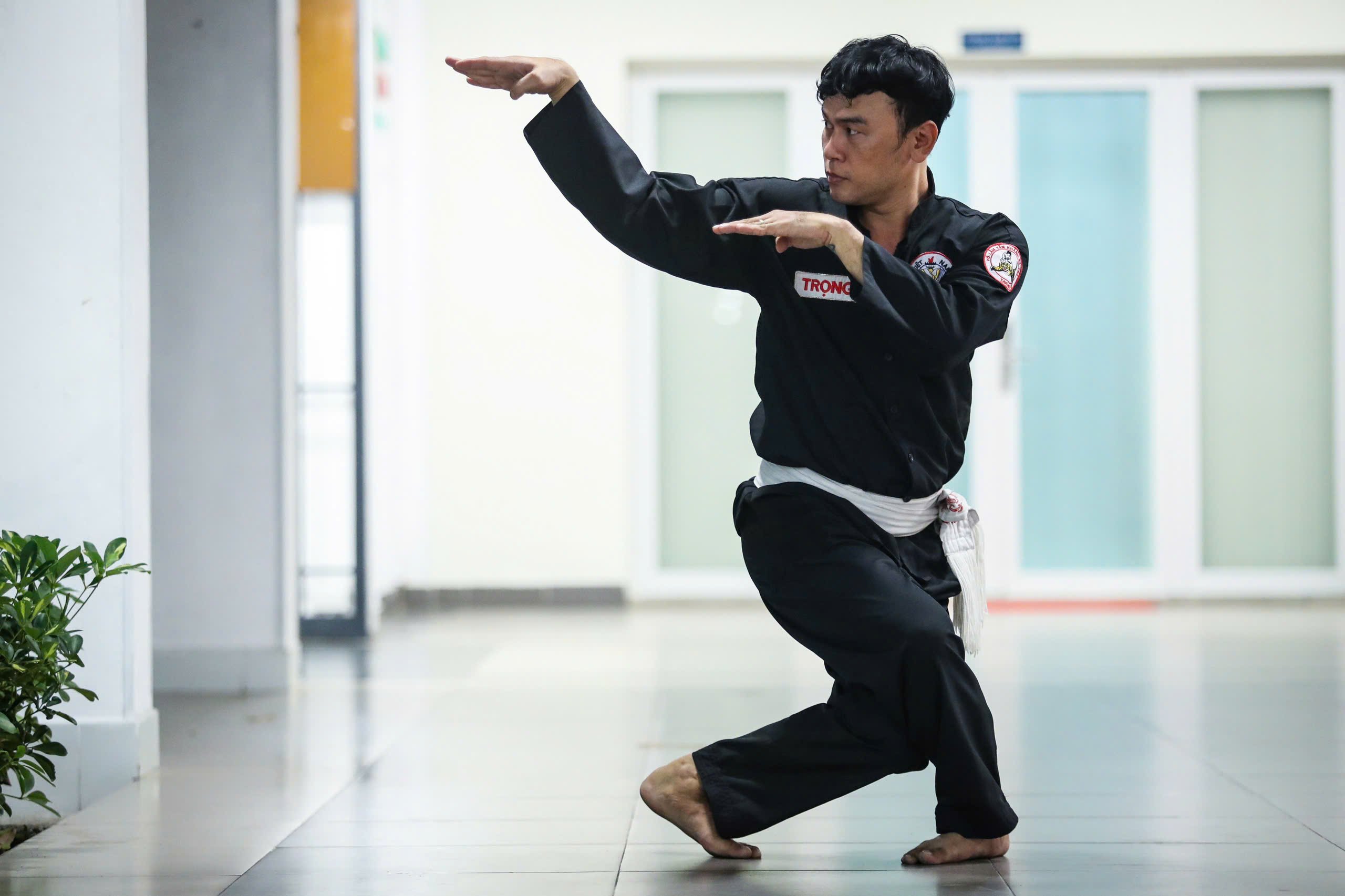
Snake Fist
Hearing the vanguard's report, King Quang Trung came to pray that if our army could win the battle, he would ask the snake god to retreat and let the army advance. The snake heard this and turned around and left. The army continued to march a little further and saw the python holding a black-handled dragon sword in its mouth, offering it to King Quang Trung. At that time, the king held a flag-raising ceremony on the tree and then marched out.
According to legend, the handle of the "Oolong Saber" is made of jet-black ebony, and the blade is made of a black metal. When the saber is taken out of its sheath, a cold air spreads over a fairly large area. The saber has no halo, only cold air, and is extremely sharp. It is very heavy, requiring one person to carry it.
Later, the "Ulong Dao" became a famous weapon that followed King Quang Trung in his conquests in the north and south. In the battle of Rach Gam and Xoai Mut in the year of Giap Thin (1785), King Quang Trung used the "Ulong Dao" to cut down hundreds of Siamese soldiers and generals. In the year of Ky Dau (1789), the "Ulong Dao" once again contributed greatly to the campaign to repel the invading Qing army from the country. Later, King Quang Trung sent people to build a temple for the snake god, the above relic still exists in Thuong An 2 village, Song An commune, An Khe town (Gia Lai).
Year of the Snake, discover the unique snake martial art made in Vietnam
COMPLETE ATTACK AND DEFENSE
In the mid-19th century, the land of Binh Chuan and Tan Phuoc Khanh (Binh Duong) welcomed a young girl named Vo and her family to settle down and make a living. Later, people learned that the girl's name was Vo Thi Tra, a descendant of a general of the Tay Son Dynasty. Mrs. Tra was a virtuous and generous person, always ready to teach the people in the area traditional martial arts to both improve their health and live well in the mountainous and miasmatic air, and to protect the fruits of their labor from attacks by wild animals and bandits.
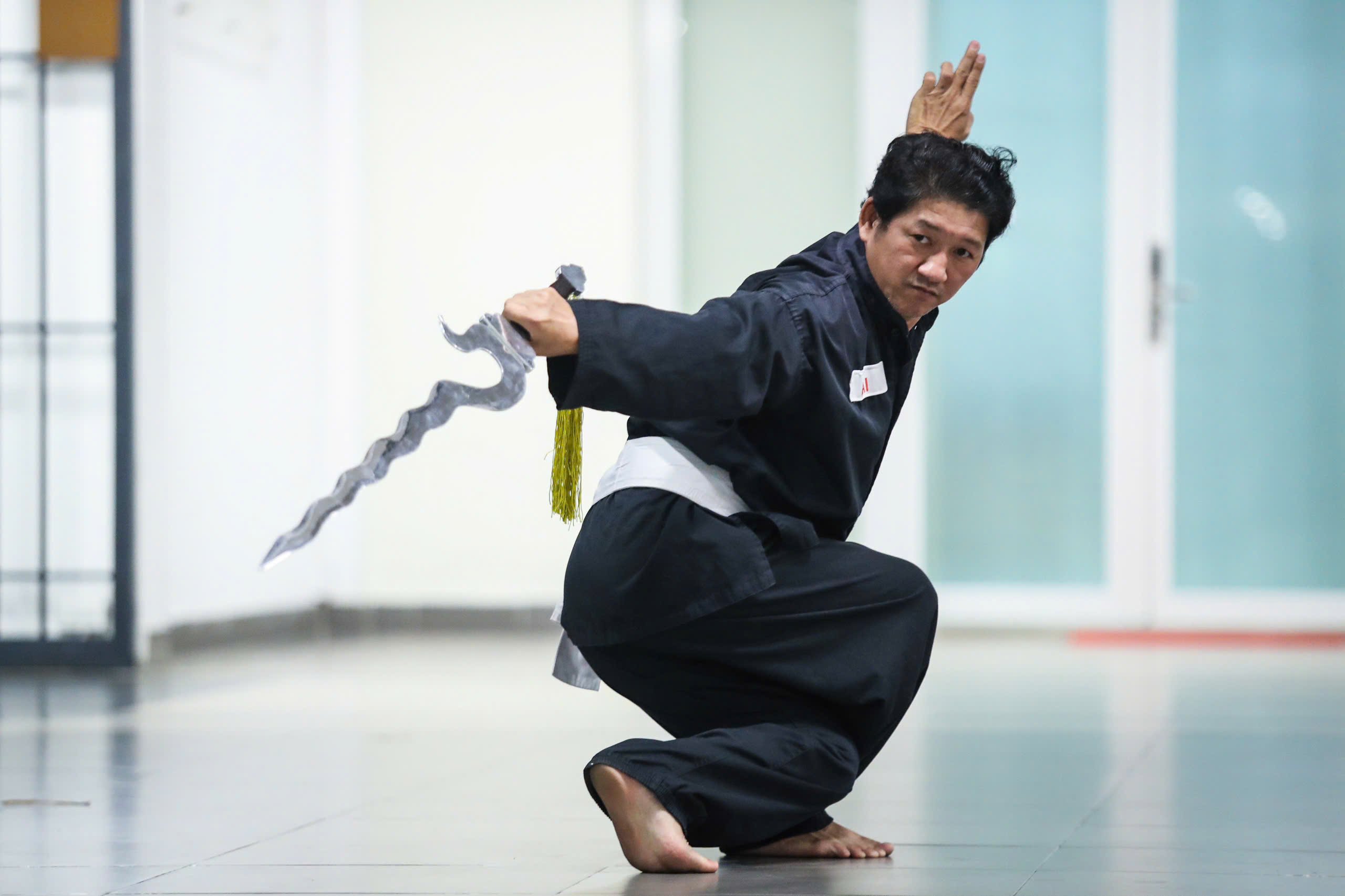
Snake Sword
Increasingly trusted by the people, Mrs. Tra decided to open a martial arts school on the new land, giving birth to the Tan Khanh Ba Tra martial arts school. That land later bore her name (now Binh Chuan ward, Thuan An city, Binh Duong province), known as the martial arts land of the South.
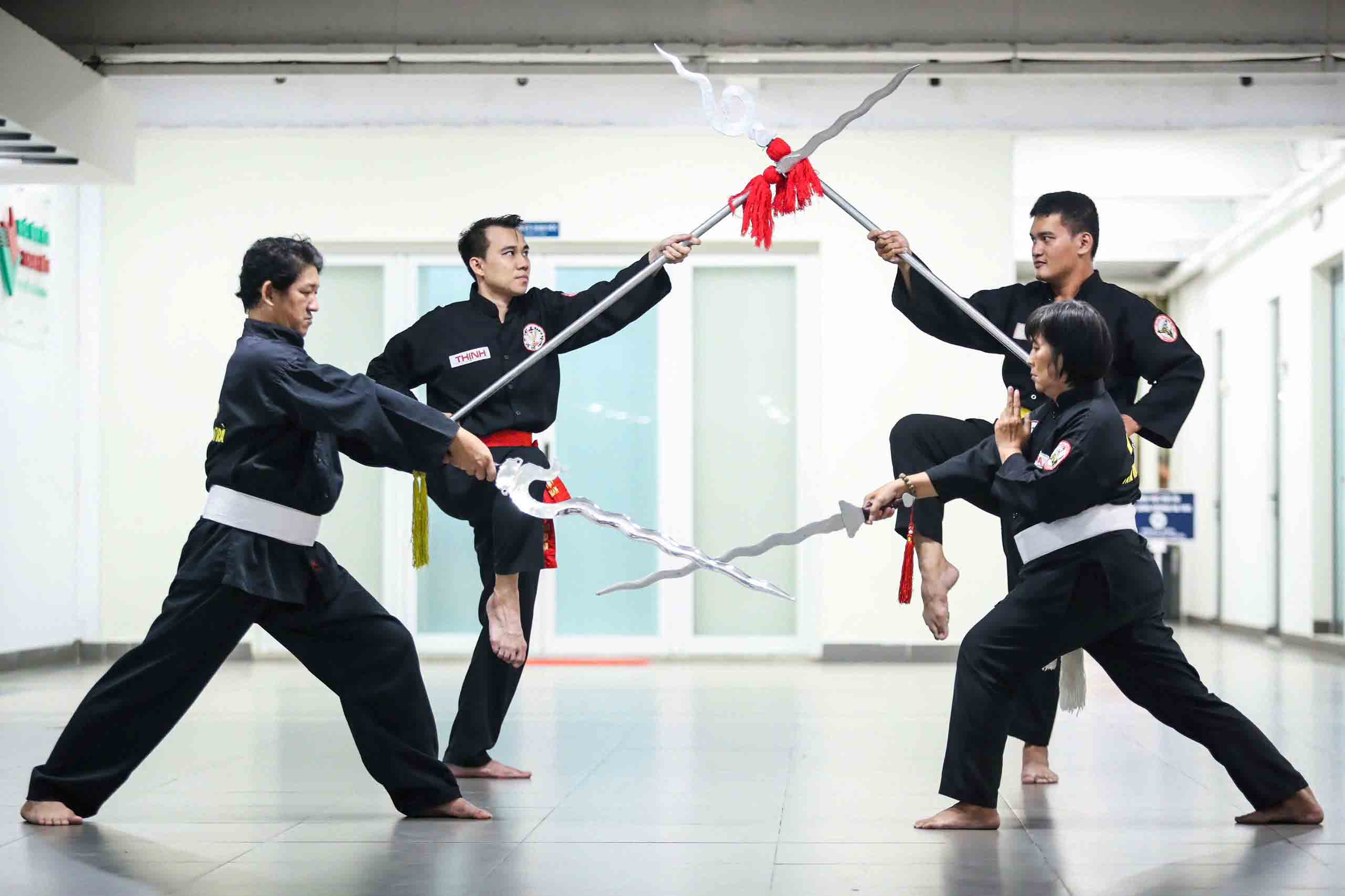
In addition to the moves of the hands and feet, there are many types of weapons related to the image of snakes.
On February 3, 2021, the Tan Khanh Ba Tra martial art was recognized by the Ministry of Culture, Sports and Tourism as a national intangible cultural heritage. Up to now, in the whole country, there are only 3 traditional martial arts of the Vietnamese people that have been recognized as heritage, which are Binh Dinh traditional martial arts, Tan Khanh Ba Tra martial art and vovinam.
Like most traditional Vietnamese martial arts, Tan Khanh Ba Tra martial arts also has snake fists or single strikes involving snakes (hard and soft combination). In addition, there is also a series of cat, snake, and crane moves.
Legend has it that our ancestors witnessed the fight between the two creatures above, each creature had its own strengths, neither of them would give up, that is why the snake-crane is considered a very unique martial art of the Tan Khanh Ba Tra martial arts sect. Some of the typical snake-fighting moves mentioned are the snake playing under the moon, the poisonous snake coming out of its cave, the snake diving underwater...
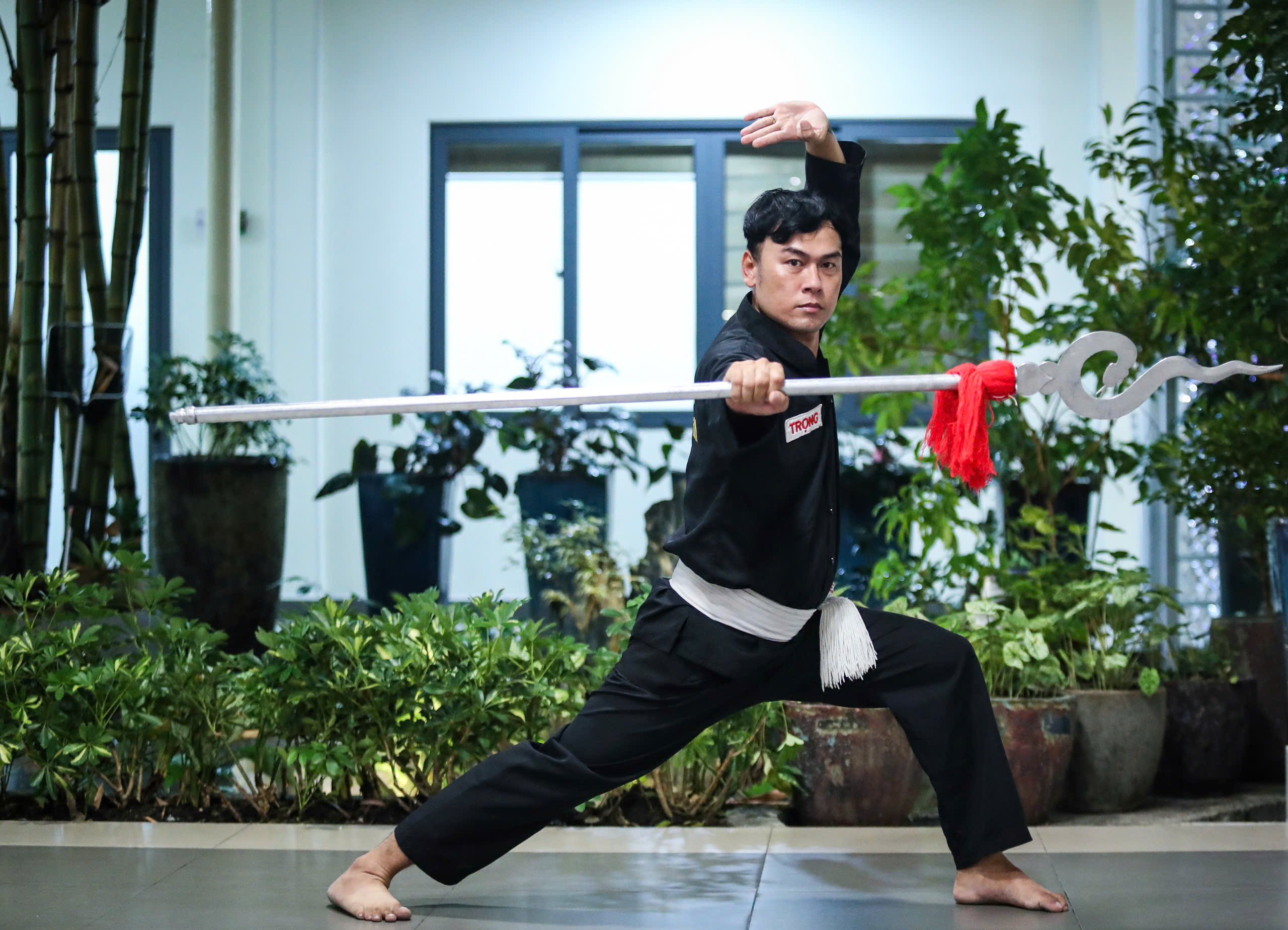
Spear
In addition to the moves of the hands and feet, there are many types of weapons related to the image of snakes. For example, in the Tan Khanh Ba Tra martial arts sect, there is the snake-tailed staff. The key point of this staff is the moves that resemble the body of a snake, when the animal jumps to attack the opponent. At first glance, it seems like it is just a string flying in the air, but it is not. Inside contains a strong force, able to break the bones of the prey. The snake-tailed staff, whether defending or attacking, has almost no openings. The rarest of the snake-related weapons is the snake spear. With the entire shape of a snake bent, the snake spear is a powerful weapon for stabbing, slashing, and hooking. In combat, this is the weapon used for battle.
"In the five forms of boxing, although the snake is in the fourth position, because of its flexibility, sometimes still, sometimes moving, and containing the strength in the moves, to successfully practice the snake boxing, one must have a certain level of skill. The snake boxing is a combination of the snake from moving, stalking, hunting to defending or attacking the opponent. Although there are not many snake martial arts in the treasure trove of martial arts, the image of the snake is present in most of the moves, the footwork is the main structure of the martial arts content", added martial arts master Ho Tuong, a son of Tan Phuoc Khanh ward (Tan Uyen city, Binh Duong), the birthplace of the Tan Khanh Ba Tra martial arts sect.
THROUGH 2 RESISTANCE WARS
Martial arts master Ho Tuong said that since the early years of French occupation, many young martial artists from Tan Khanh - Ba Tra area joined Vo Van Nham's army. On the night of January 12, Binh Thin year (1916), young men from Tan Khanh - Ba Tra martial arts village joined the Lam Trung Trai patriotic movement and attacked Tan Khanh Village House, rescuing many young people and patriotic compatriots who were imprisoned.
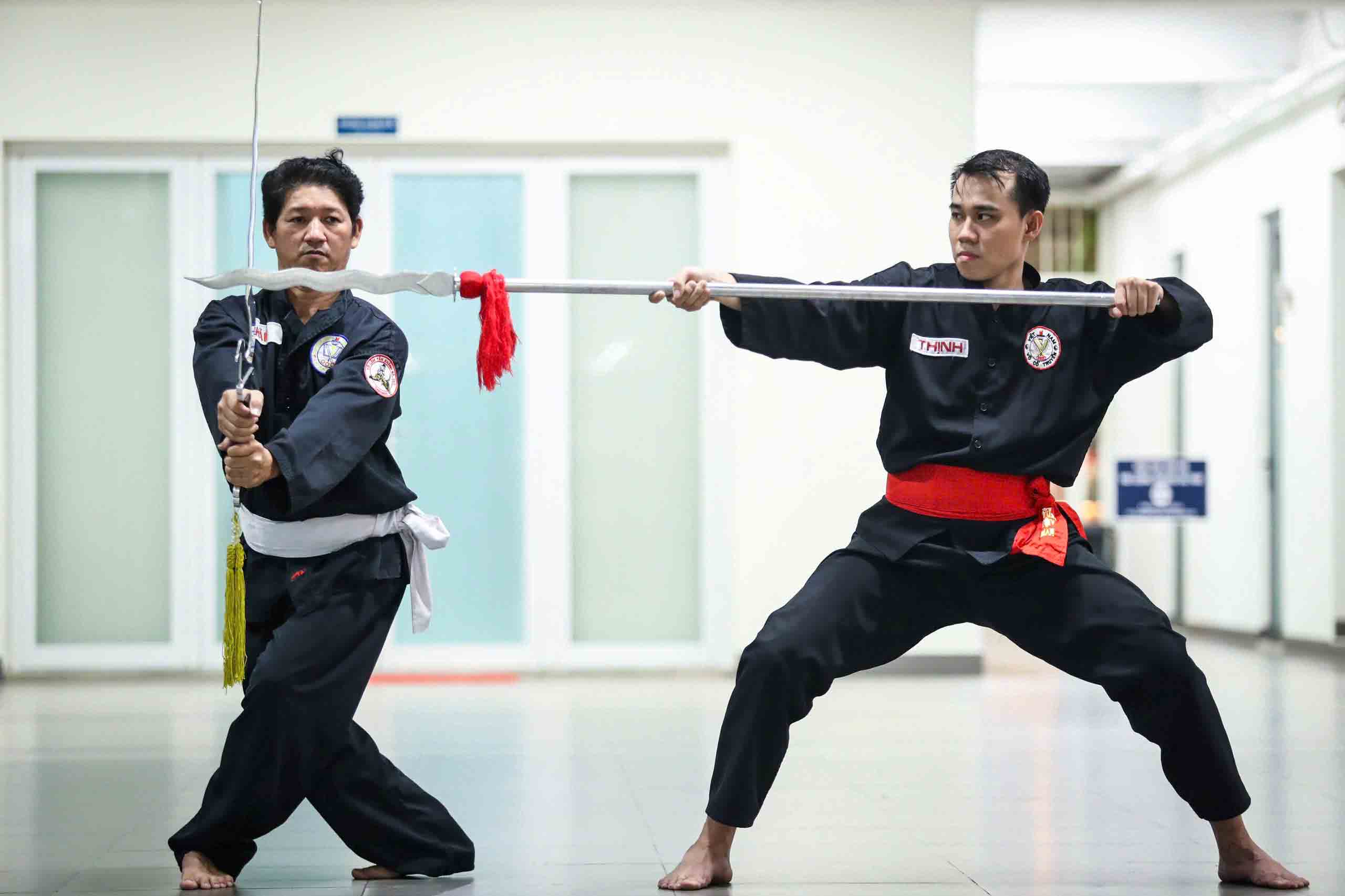
In addition to the moves of the hands and feet, there are many types of weapons related to the image of snakes.
From around 1919 - 1920 onwards, Tan Khanh - Ba Tra martial arts village welcomed many patriotic activists to practice martial arts with famous martial arts masters of this land. First of all, it can be said that patriot Nguyen An Ninh and Phan Van Hum came to study martial arts with master Vo Van Truc. Then there were revolutionary activists who also studied martial arts in Tan Khanh - Ba Tra martial arts village, such as: Huynh Van Nghe, Huynh Van Tieng... Poet Huynh Van Nghe was also a son of Tan Khanh area.
In particular, in 1966, in the midst of the fierce war, a son of Tan Khanh - Ba Tra, Tu Van Phuoc, a soldier of the special reconnaissance platoon of Lai Thieu district (now Thuan An city, Binh Duong province), after his heroic feats, was awarded the title of Hero of the Vietnam People's Armed Forces when he was just 31 years old...
SNAKE BOXING AND CONTEMPORARY MARTIAL ARTS
Martial arts master Ho Tuong, head of Tan Khanh Ba Tra martial arts school, said that currently there are many martial artists from different schools in Vietnam who have also studied snake boxing.
"In recent years, the Tan Khanh Ba Tra martial arts school has trained many excellent students, winning many achievements in the martial arts arena at home and abroad. Among them, Nguyen Phu Hien, the first Vietnamese martial artist to win the world Muay Thai championship (2014); Tran Thanh Y won the national gold medal in 2011, the national Muay Thai silver medal in 2012, 2014, the Asian championship bronze medal in 2013. Or at the 2019 national Muay Thai championship, Truong Cao Minh Phat defeated the 9-time world champion Nguyen Tran Duy Nhat... All of them came from the Tan Khanh Ba Tra martial arts school or had time to learn about the footwork and snake movements of the snake boxing style", martial arts master Ho Tuong informed.
Source: https://thanhnien.vn/xa-quyen-vo-hoc-tinh-hoa-nuoc-viet-18525010315160134.htm


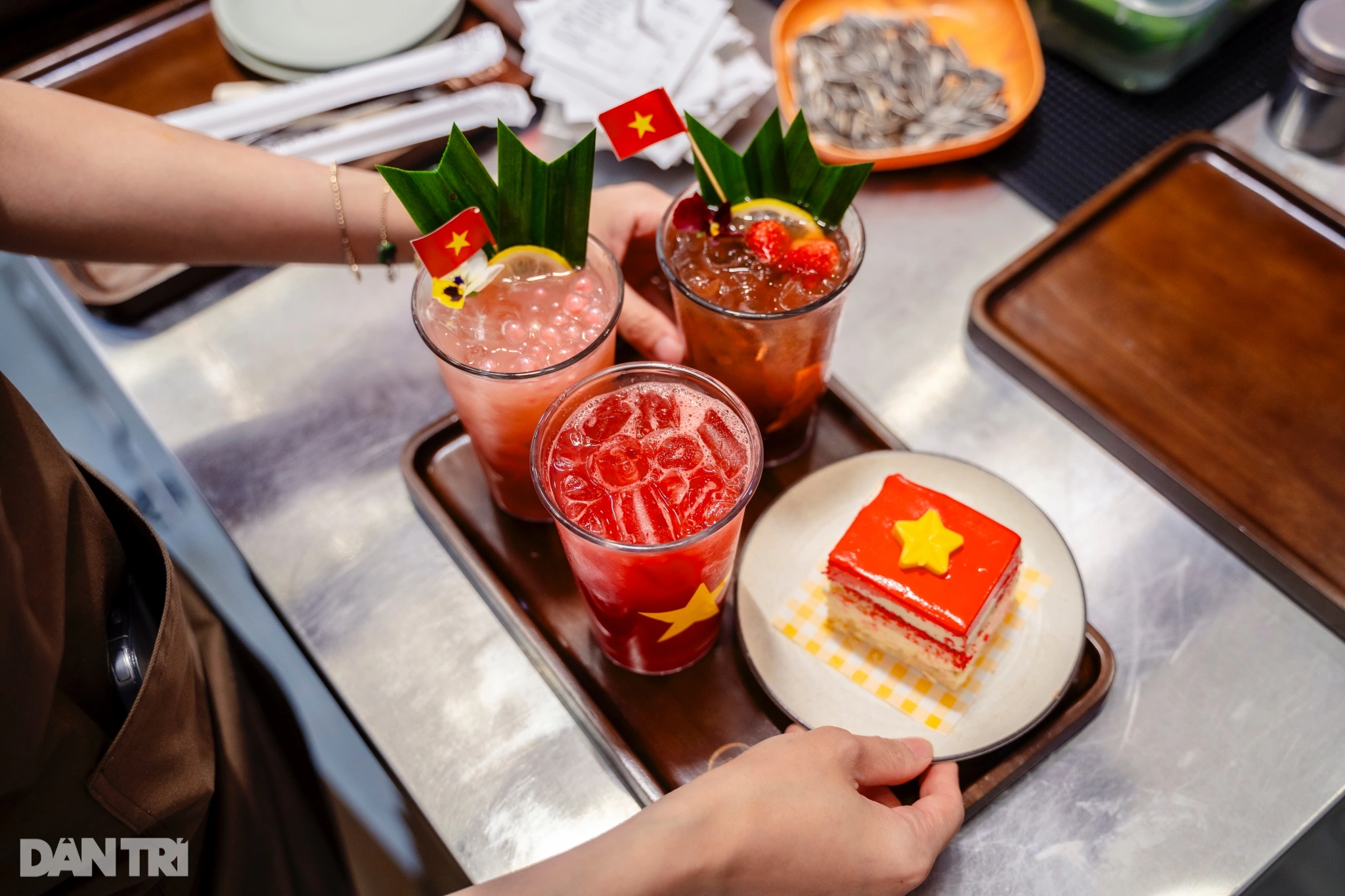


![[Photo] "Beauties" participate in the parade rehearsal at Bien Hoa airport](https://vstatic.vietnam.vn/vietnam/resource/IMAGE/2025/4/11/155502af3384431e918de0e2e585d13a)
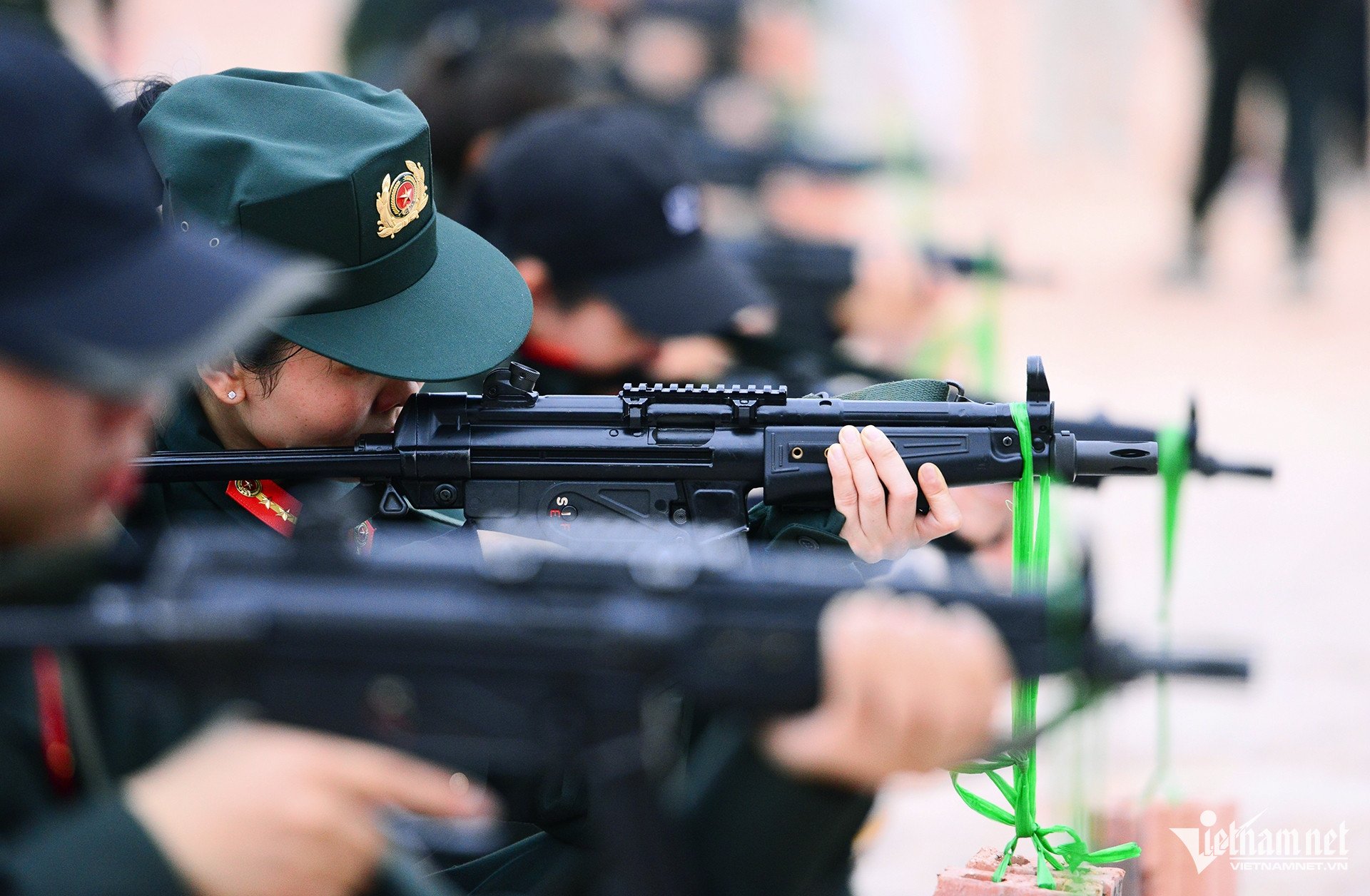

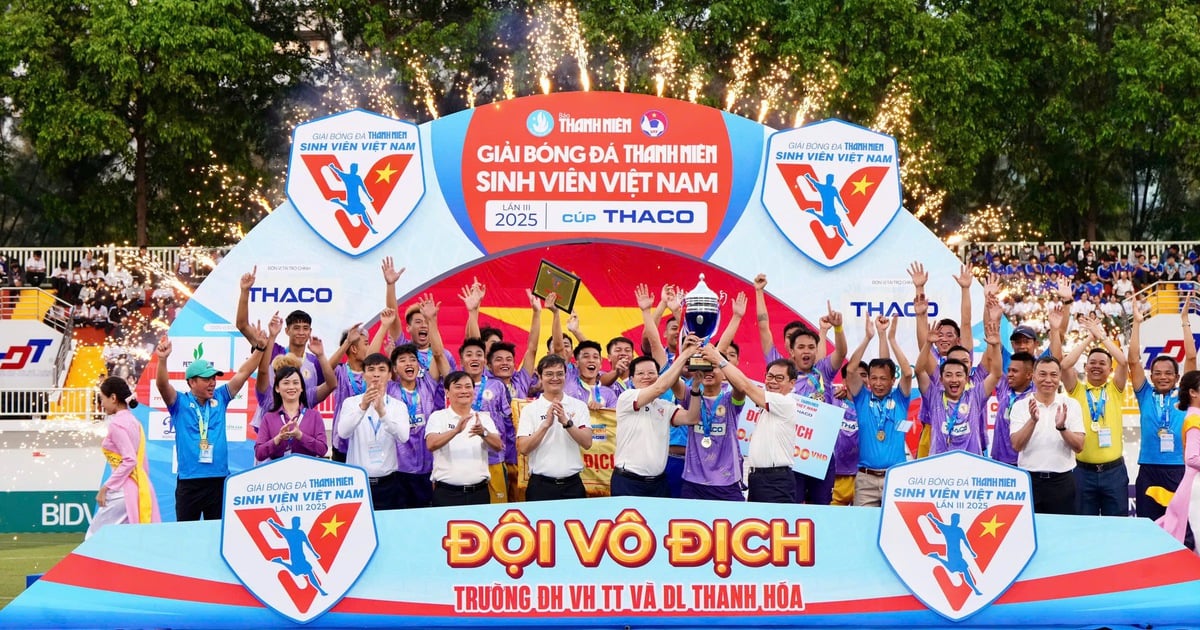
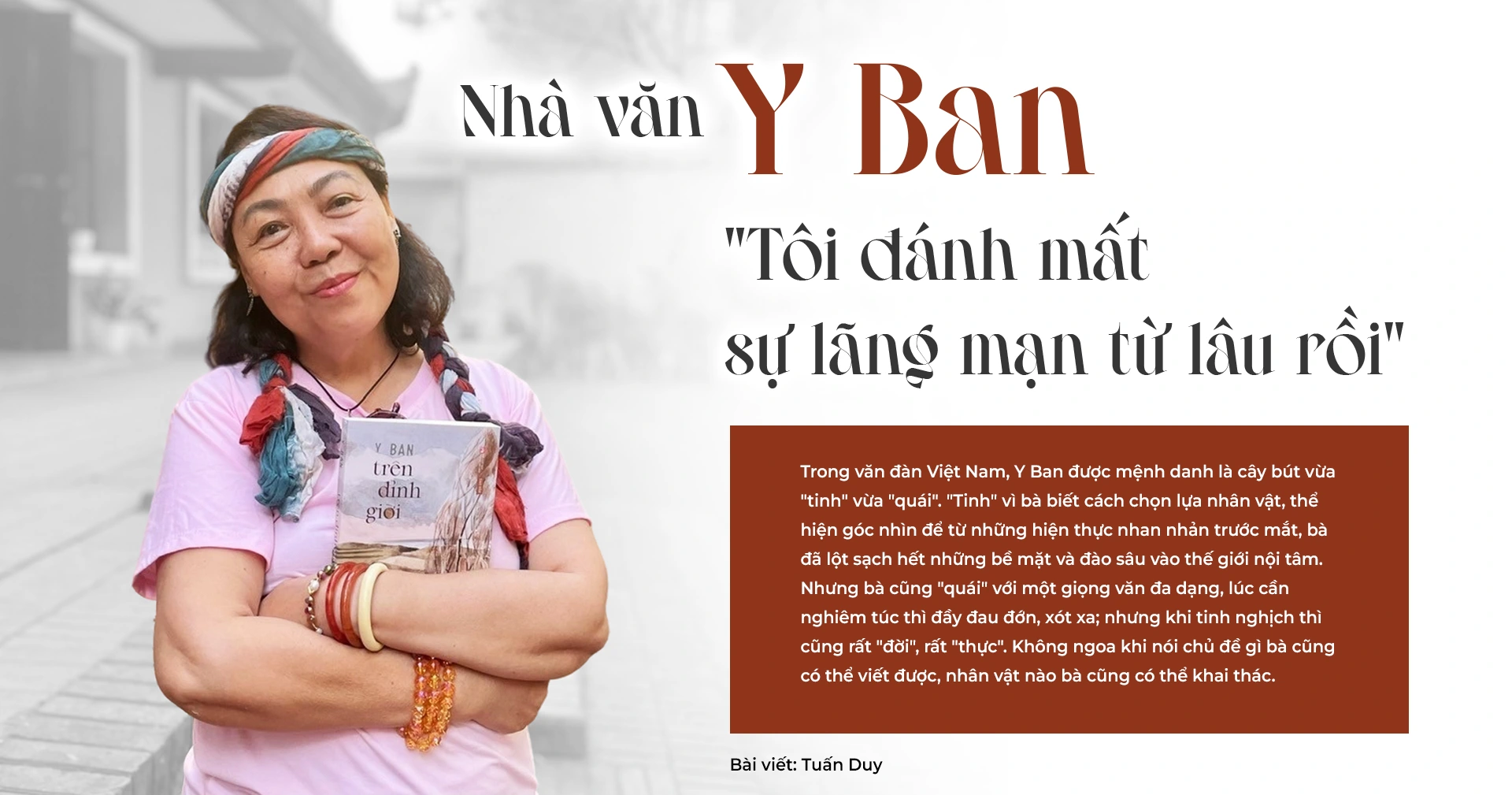
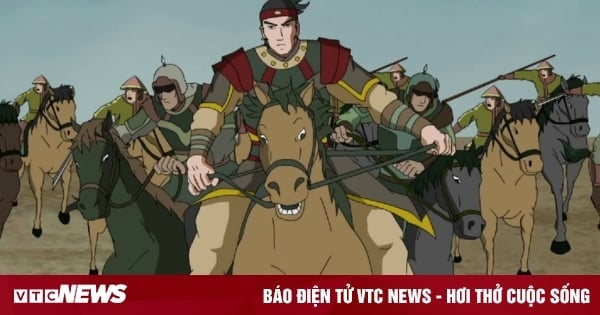

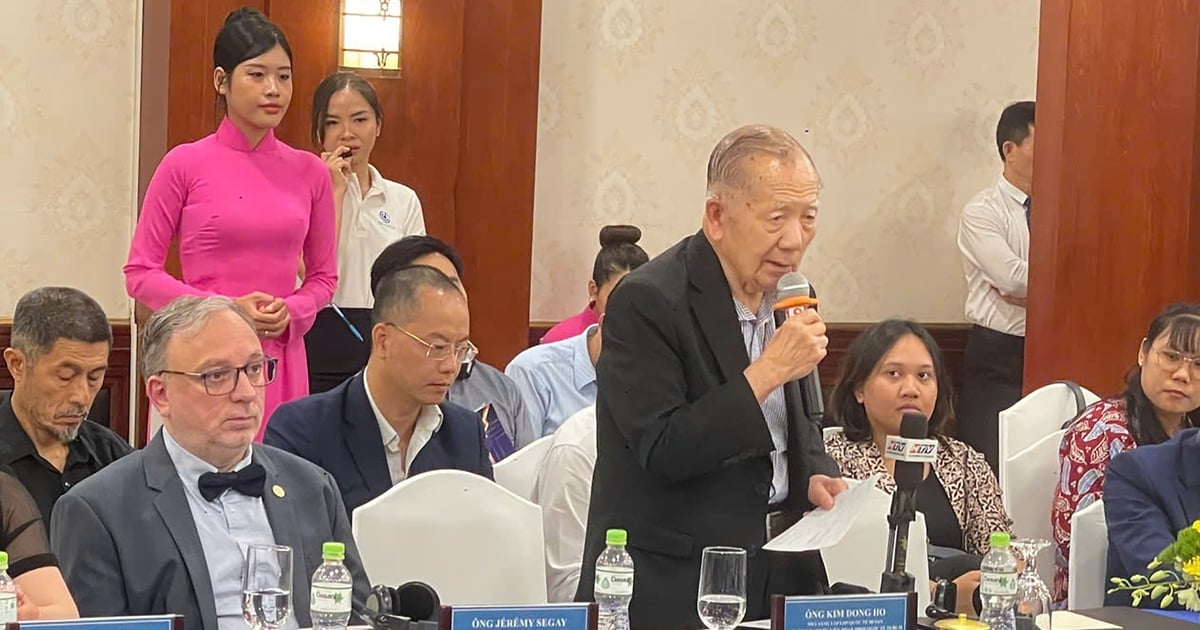
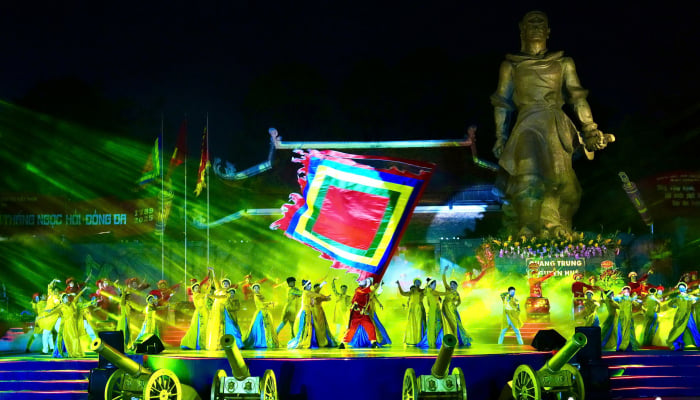

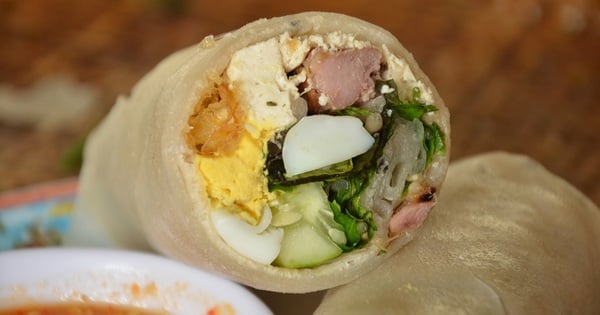


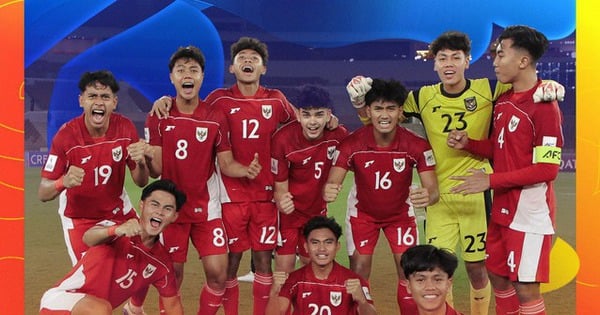
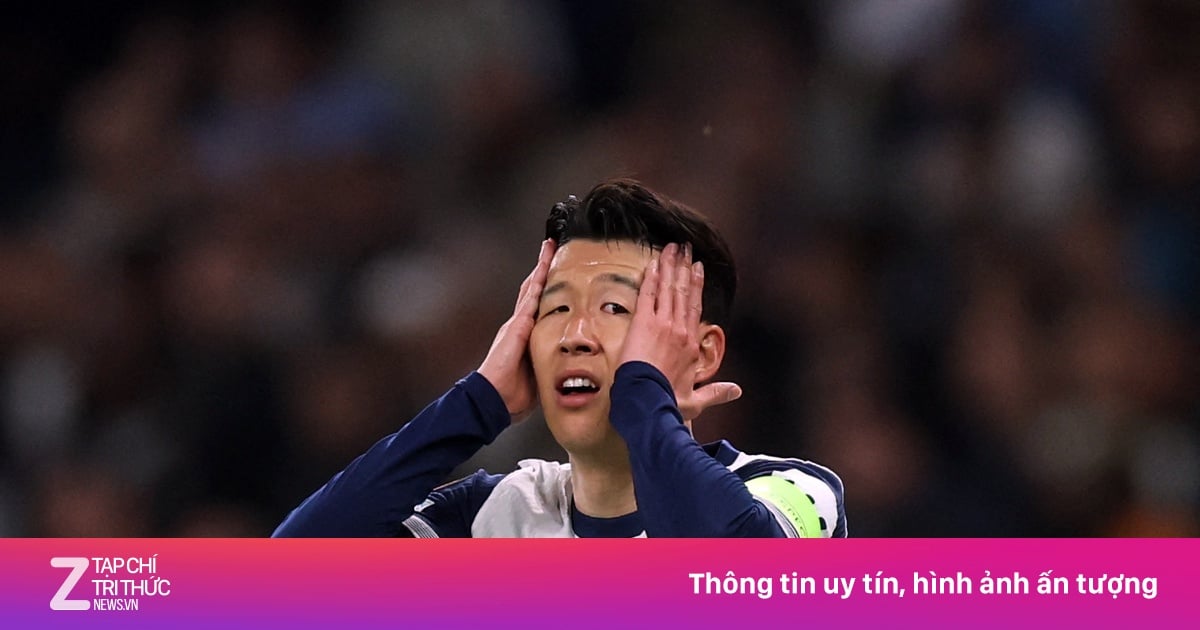





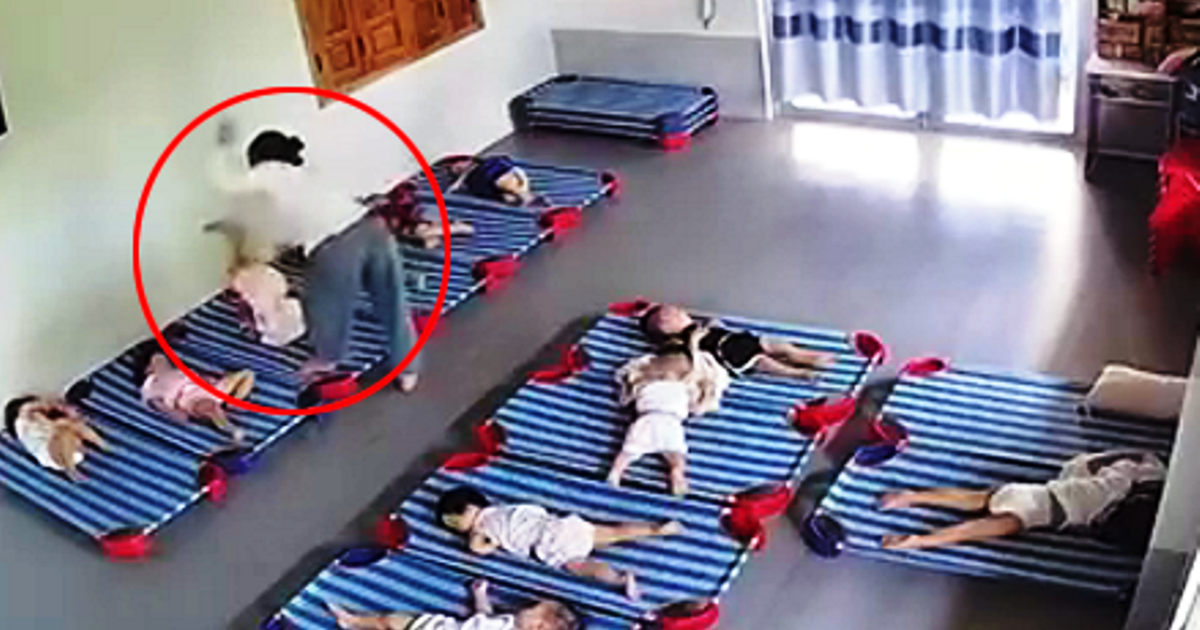
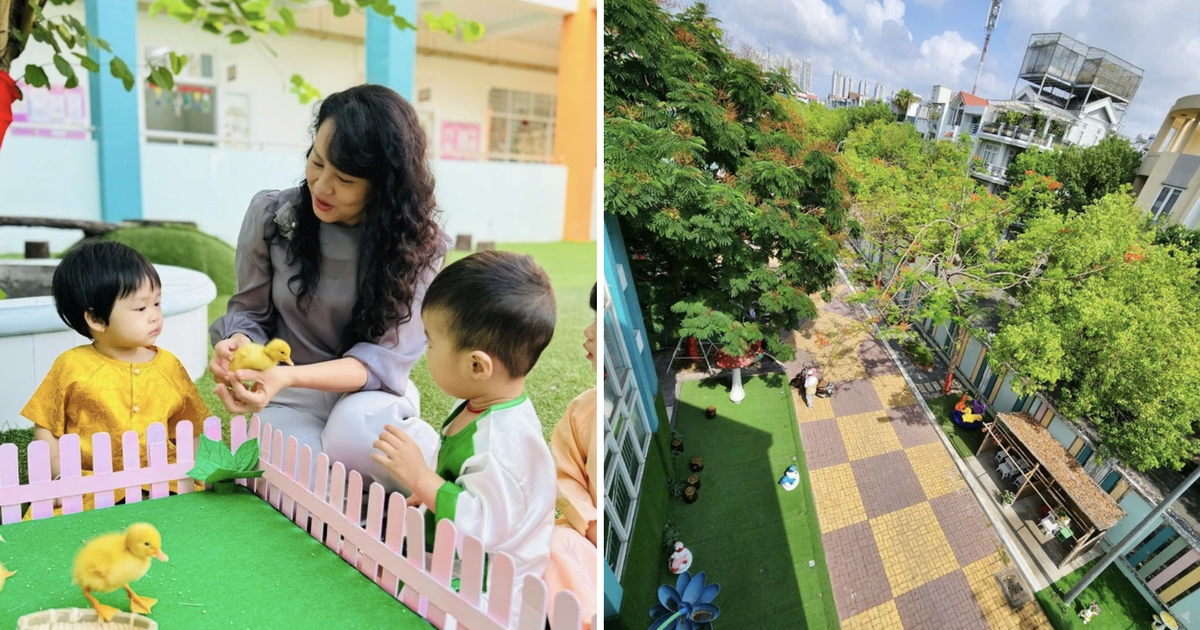
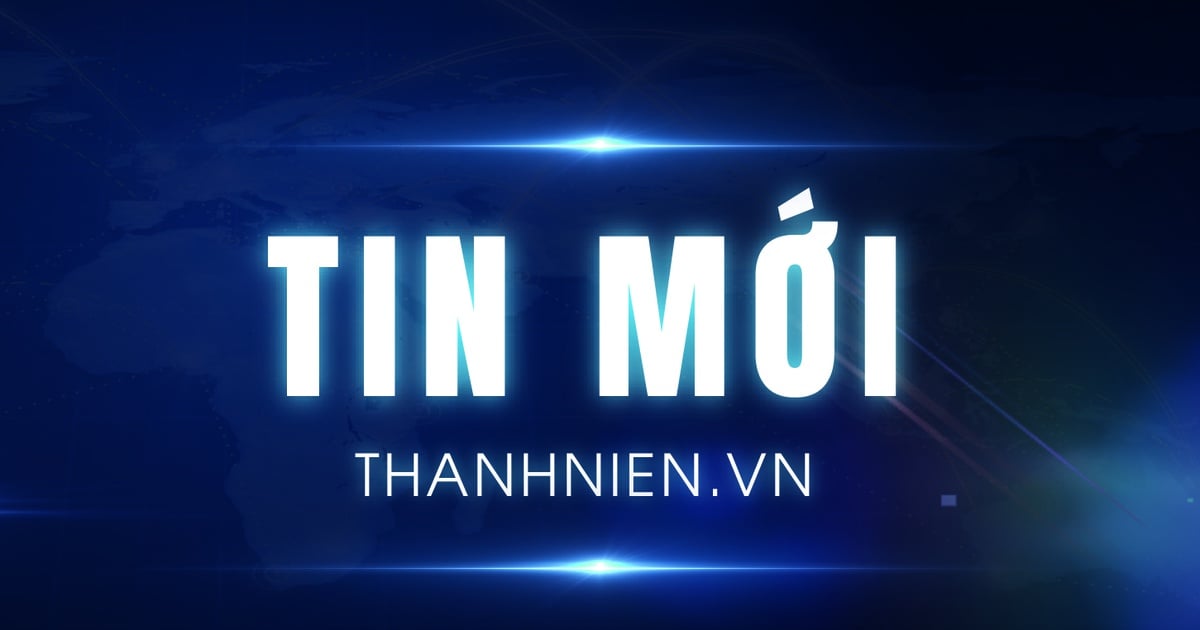
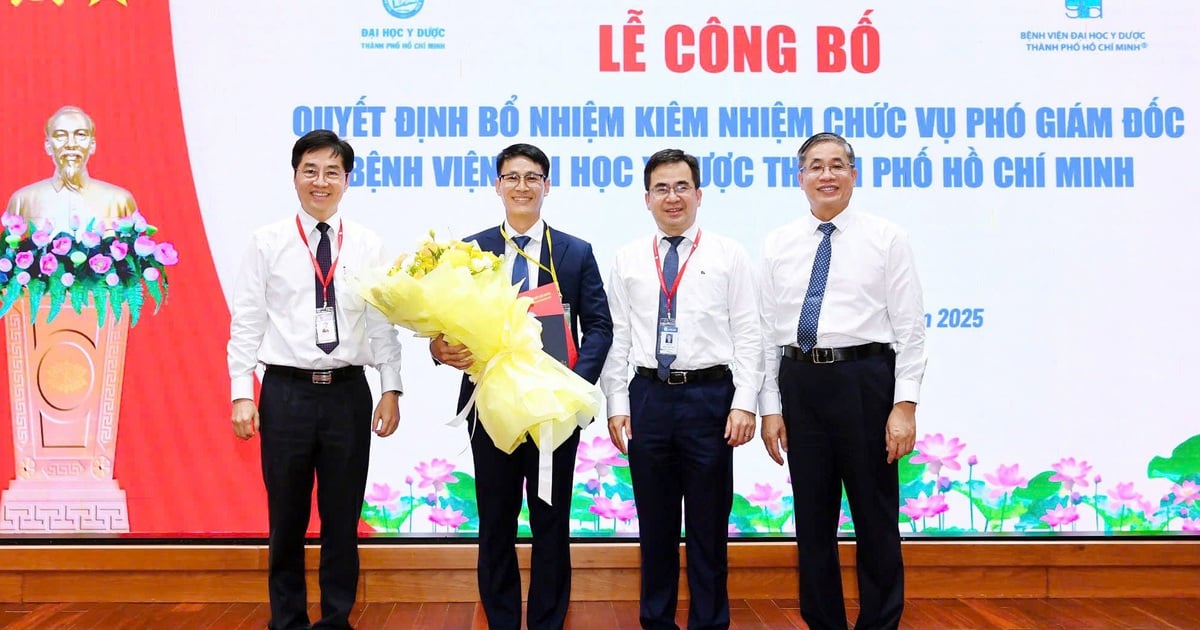
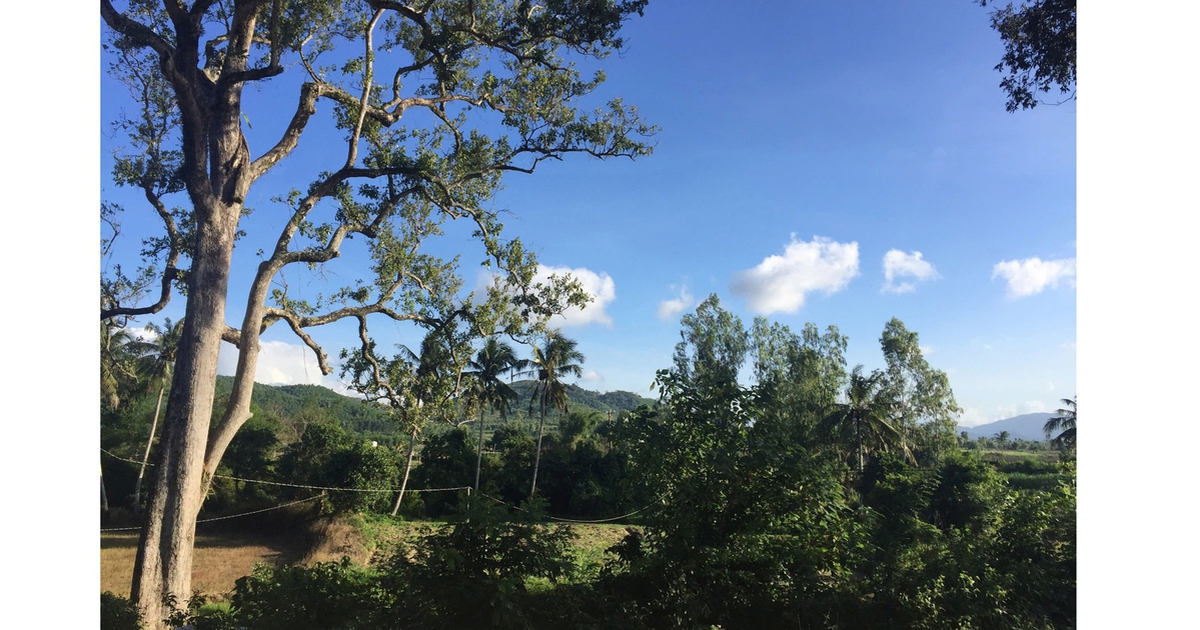
































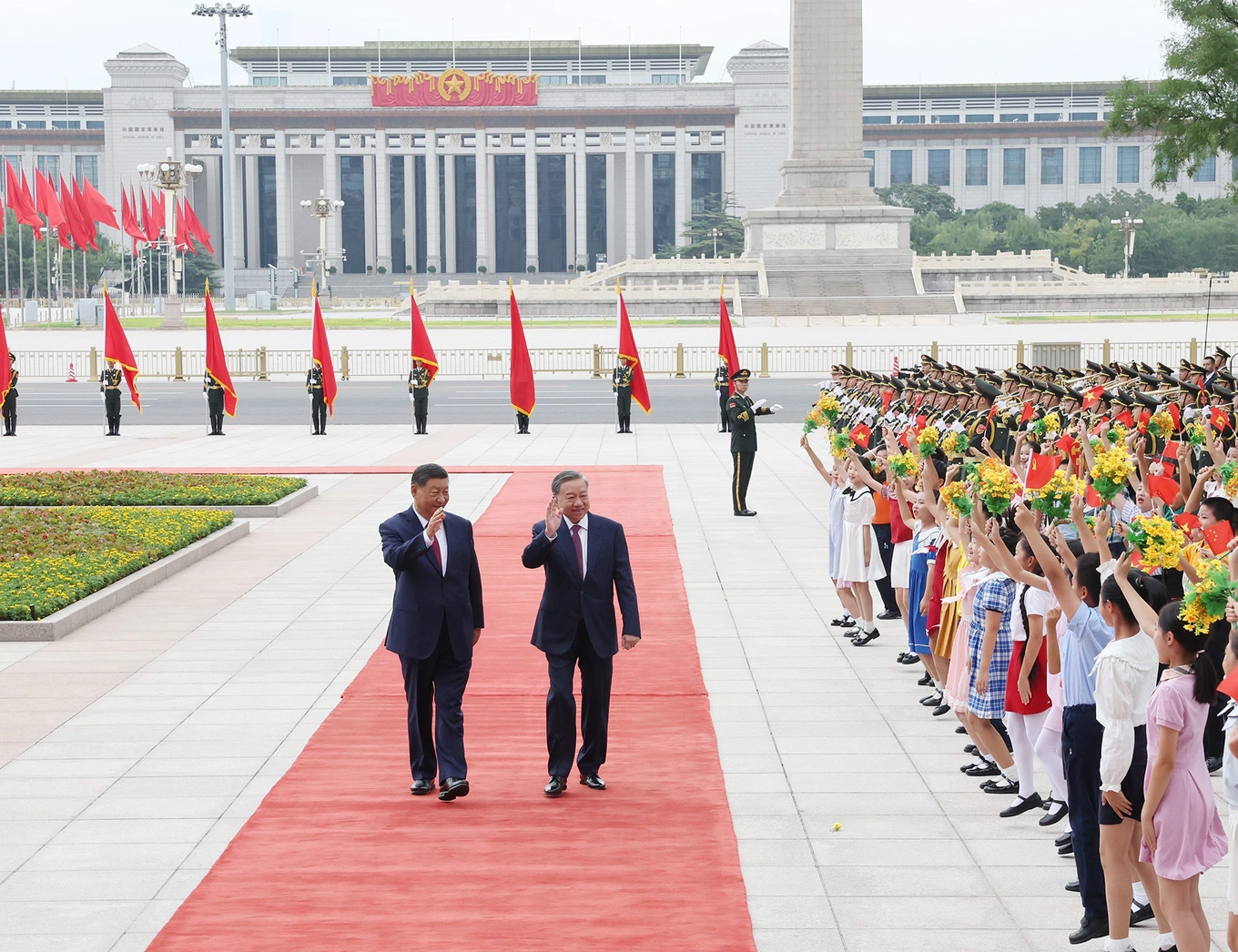
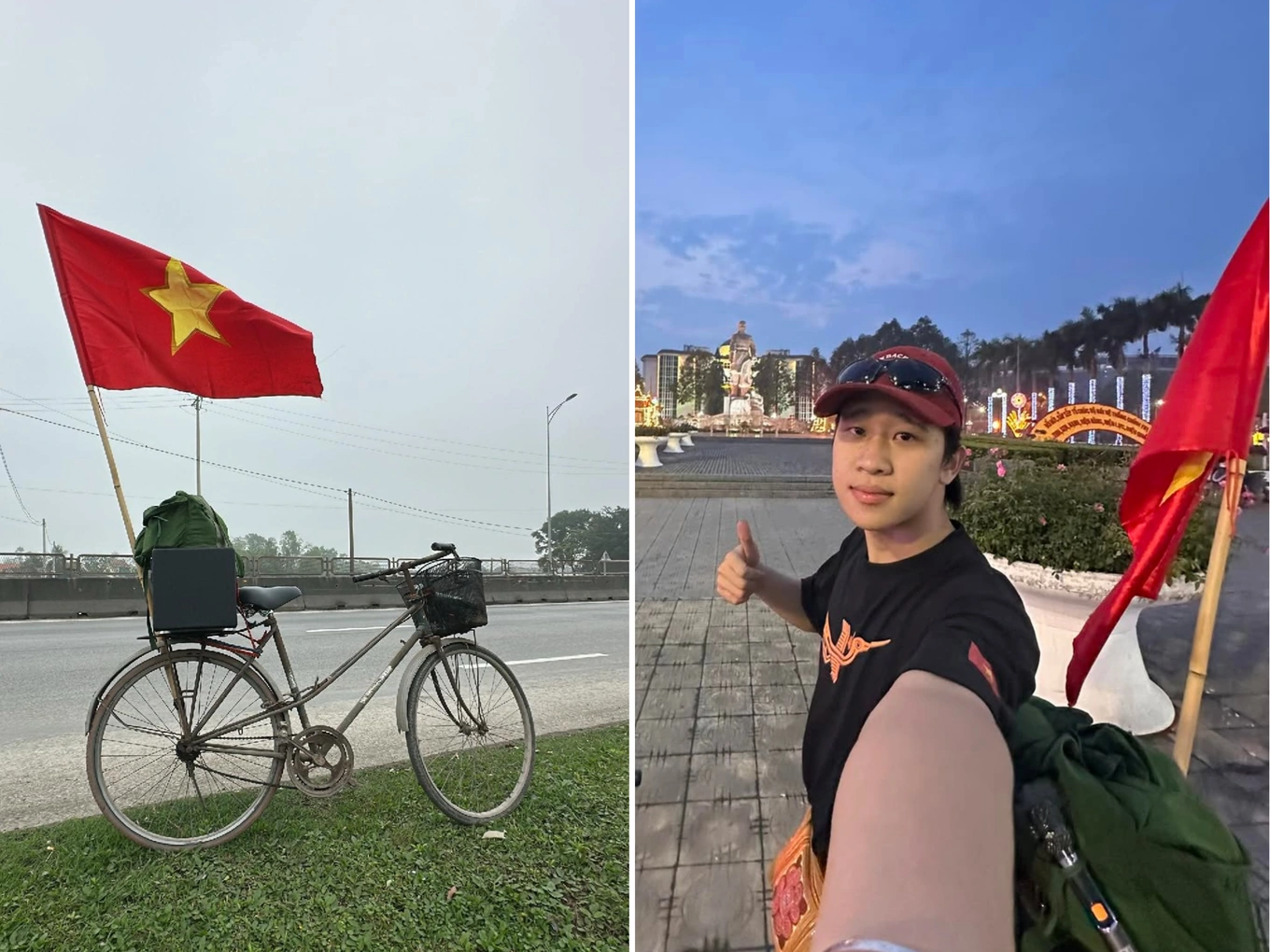

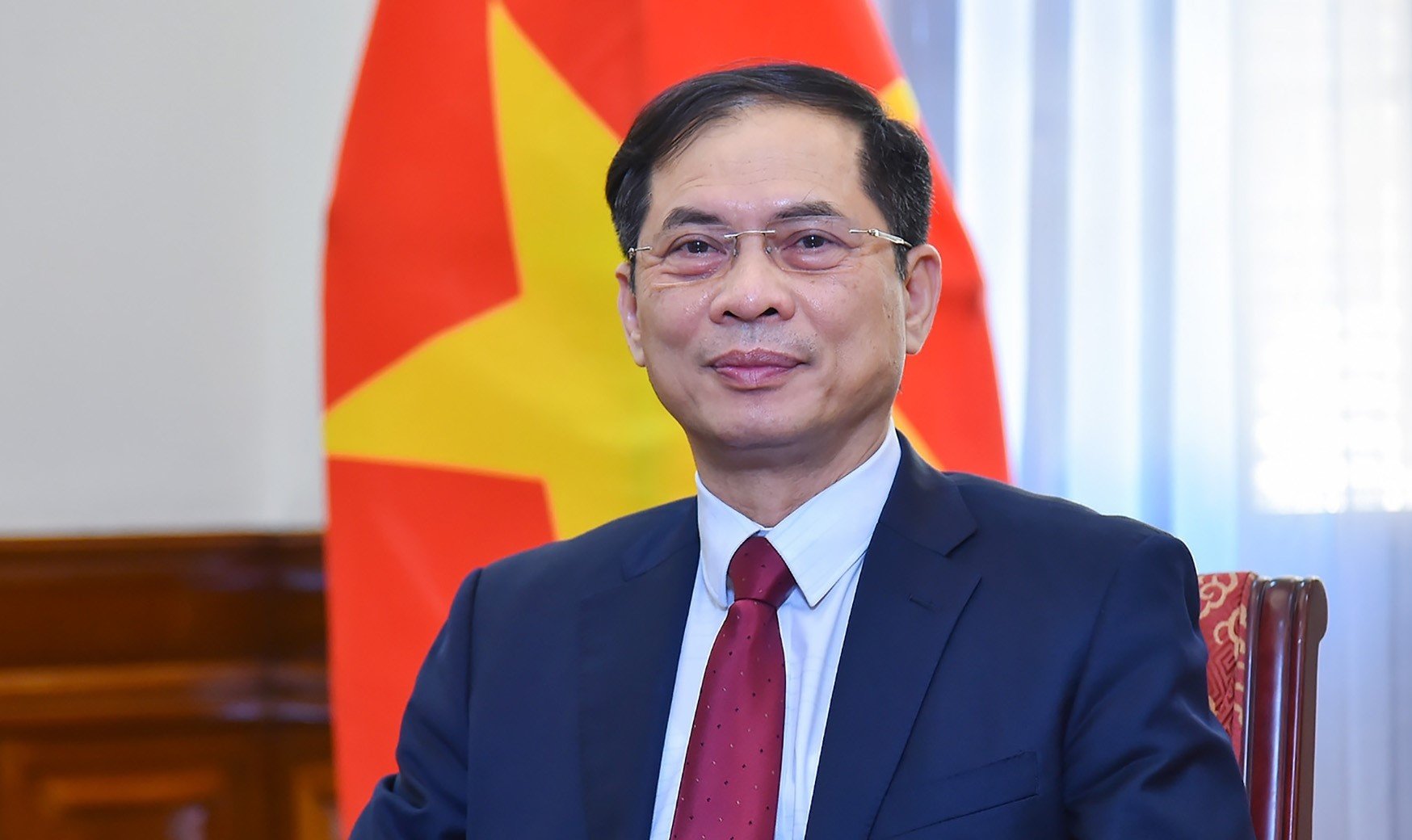


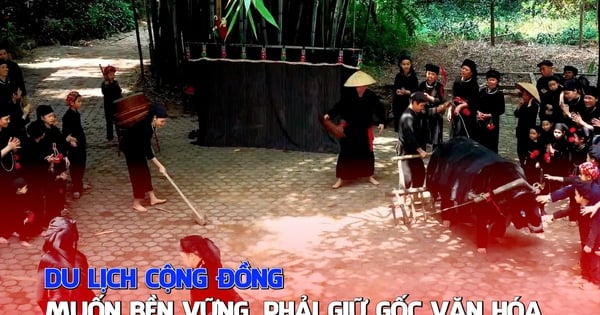







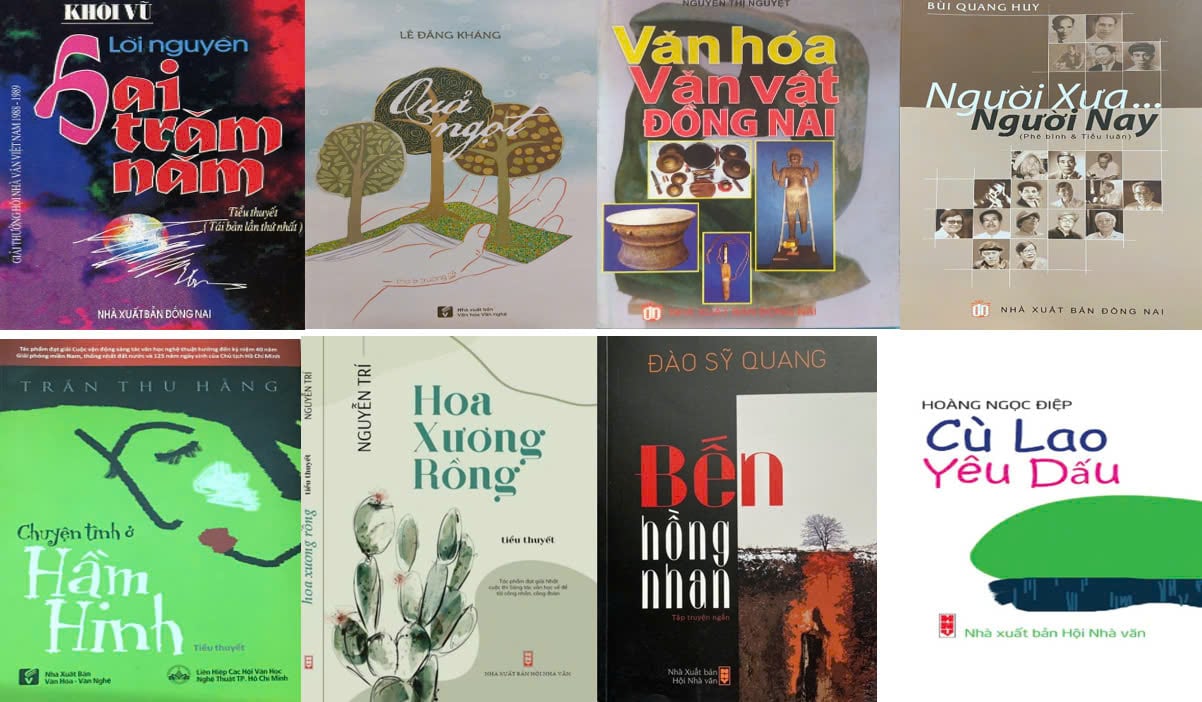

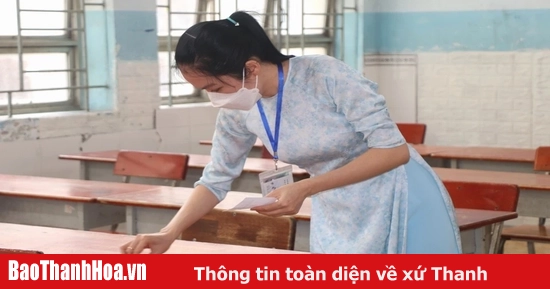

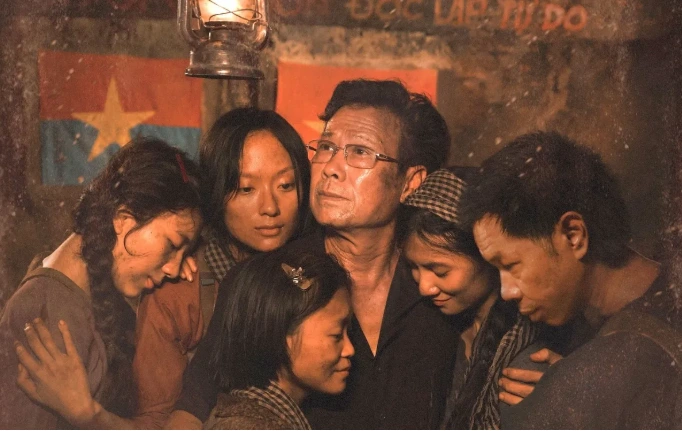
![[VIDEO] - Tam Ky in the season of white trumpet flowers through sketches](https://vstatic.vietnam.vn/vietnam/resource/IMAGE/2025/4/12/6364ee7bf6ef49269d215280697e1f12)



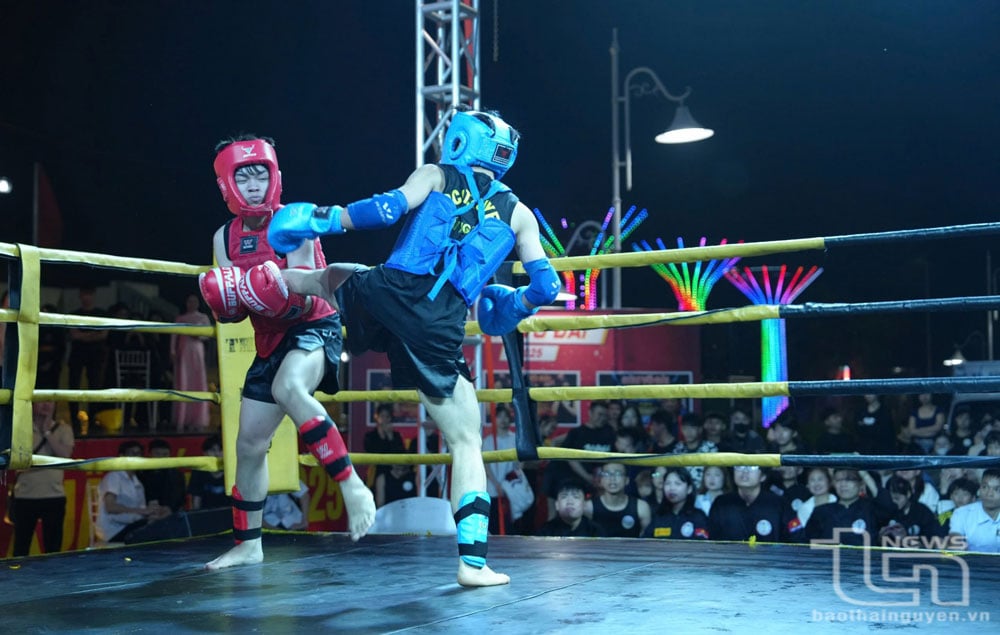










Comment (0)